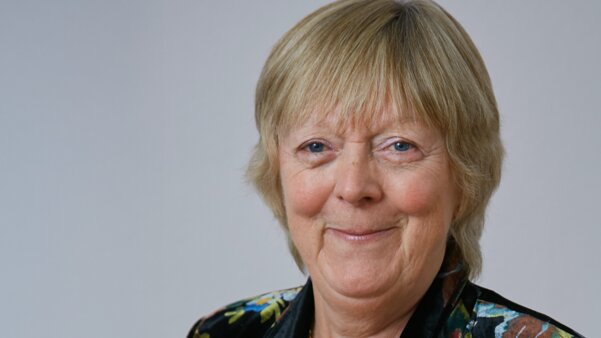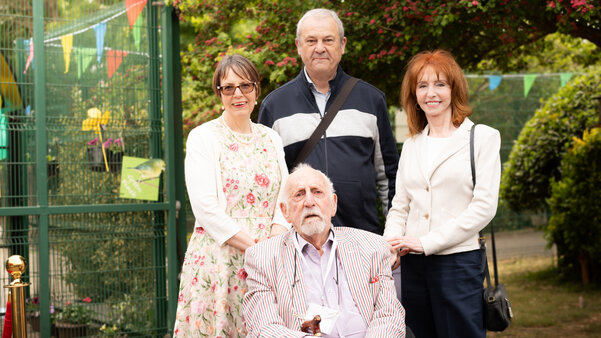Autism and sleep disturbance
Published on 08 September 2025
Author: Alyson O'Brien
Alyson O'Brien, Head of Service at Sleep Action, looks at some of the sleep difficulties autistic children can face and how they can be addressed.
At Sleep Action, we know that good sleep is the foundation of wellbeing for children, families and schools alike. Yet, research continues to show that autistic children and young people are disproportionately affected by sleep difficulties, with up to 80%1 experiencing sleep issues compared to 25-40% in the general population.
Understanding sleep difficulties in autism
Every child or young person we work with is different, and any support we provide is tailored to meet their individual needs. However, we know that sleep issues in autistic children can include:
- taking a long time to fall asleep
- waking frequently through the night
- early morning waking
- distress if usual bedtime routines are disrupted.
These issues can arise for a variety of reasons, including but not limited to increased cortisol levels, sensory processing sensitivity to environmental stimuli and anxiety about changes or separations. Left unsupported, poor sleep can exacerbate distressed behaviour, impact school attendance and learning, and place significant strain on family life.
Case study
AB was seven when her mum reached out to Sleep Action for help. AB is autistic, with speech and language delays and a need for predictable routines. She lived mostly with her mum but spent one night each week with her dad.
Before support, AB would take up to an hour to fall asleep, and only if her mum stayed with her. She also regularly woke up around 1-2am and stayed awake for up to two hours. By the end of the week, she was exhausted, often falling asleep early in the evening, therefore disrupting bedtime even further.
A previous suggestion by a friend to remove screens before bed had only caused more distress. Working collaboratively with AB and her mum, our trained sleep counsellor created a calming bedtime routine that respected her need for consistency and sensory regulation.
The new plan introduced earlier opportunities for physical self-regulation, then transitioned into quieter, soothing activities, a bath and story of her choice. Both parents agreed to follow the same routine in both homes to reduce disruption.
After completing her tailored sleep programme, AB’s mum reported that she was sleeping through more nights and waking less often. With improved sleep, she began attending school more consistently and coping better with morning transitions.
AB’s school also noted several positive changes, including improved attendance and increased ability to tolerate and complete adult-directed tasks. She was also able to attend a school trip, which was previously thought to be an impossible ask. This case demonstrates how our tailored and empathetic support can be life-changing.
Example bedtime routine
- 5pm – evening meal
- 6pm – energetic play
- 6.30pm – move to quieter play
- 7pm – bath time
- 7.30pm – pyjamas, into bed, story and cuddle
- 8pm – lights out
The above is an example of a sleep routine that a Sleep Action sleep counsellor might recommend in this case. A simple, predictable sequence that includes quiet play and a bath helps to lower cortisol levels, supports the natural rise of melatonin, and prepares the child to fall asleep. This kind of routine also provides consistent sleep cues, helping the child anticipate what comes next and recognise that bedtime is approaching.
It’s important to remember that every child is different – another autistic child of the same age may need a different routine, or the same steps in a different order, tailored to their individual needs and the rhythms of their household.
How we can help
Sleep Action offers training to professionals across the UK and Ireland. Our training is grounded in the latest research, based on evidence-based practice and has been tried and tested for over 27 years. We also provide direct support to families resident in Scotland. Our work is guided by our values – Tailored, Humour, Resilience, Integrity, Value and Empathy – because we all deserve to thrive through healthy sleep. Visit our website, www.sleepaction.org, for more information.










